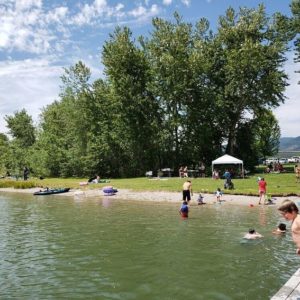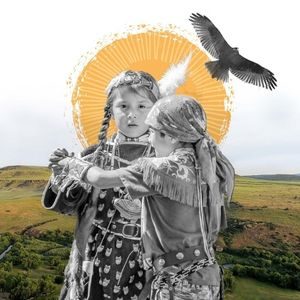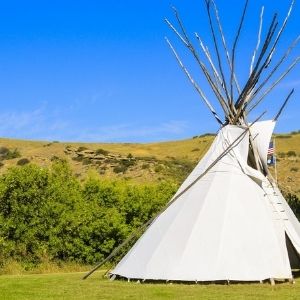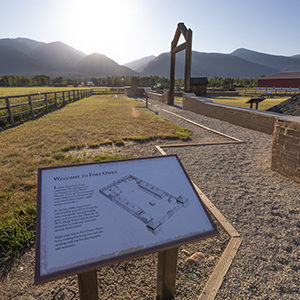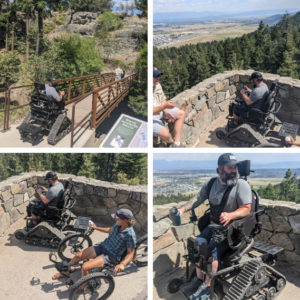DIANE CONRADI Oct 11, 2018, Updated Oct 15, 2018
I love the “aaaaahh” moment — when you step out of the car door into dappled sunlight, take a deep breath, and hear nothing but the rustle of leaves. I’m kind of addicted. Author Florence Williams calls it a getting a “Nature Fix.”
I often get my “nature fix” on the Whitefish Trail — it’s close to my home, it’s easy and it’s exhilarating. But I could get it on the Cut Bank Trails near Cut Bank, following the footsteps of Lewis and Clark, Dillon’s Selway Park, on an after-work float on the Beaverhead, Great Falls’ River’s Edge Trail on a lunchtime bike ride, or Makoshika State Park, on a weekend campout among the hoodoos and dinosaur fossils of the Montana Badlands.
What do these places share? Outdoor recreation infrastructure — a clunky term that can mean a boat ramp, trail, toilet, or a campground. Investments like these make “front-country” places easier, safer, and more pleasurable to visit.
They also have a great return. Each dollar spent pays back in economic vitality, health and wellness, and quality of life.
But we’re not keeping up.
Montana state park visitation grows every year, but it has a $23 million maintenance backlog. National parks, with record-breaking visitation, have an eye-popping $12 billion (with a “B”) backlog of maintenance needs, with $18 million in Yellowstone and $153 million in Glacier. The U.S. Forest Service’s maintenance backlog is $4.4 billion.
Meanwhile, Congress has allowed the largest source of funding for outdoor recreation infrastructure, the Land and Water Conservation Fund (LWCF) to expire. That pot of money, funded entirely by royalties from offshore drilling since 1964, should be a predictable source to fix and acquire parks and trails.
But each day that passes without it means nearly $3 million is lost to this country’s treasured parks and trails, to our shared detriment.
Let’s look at some numbers.
Nationally, consumers spend $887 billion every year on outdoor recreation, generating 7.6 million direct jobs, $65.3 billion in federal tax revenue, and $59.2 billion in state and local tax revenue.
In Montana, consumers spent $7.1 billion recreating in Montana, creating 71,000 jobs, $2.2 billion in wages, and $286 million in state and local taxes.
Even locally, the Whitefish Trail is estimated to contribute $6.4 million in annual spending by visitors and locals who purchase or rent outdoor gear at local stores and spend money for lodging, eating, and shopping. That means 68 additional jobs and $1.9 million in labor income locally.
Quick and easy access to the outdoors is a competitive advantage to growing segments of our economy like the tech sector. With wages 53 percent above the statewide average, businesses need top talent but face stiff competition from places like Seattle and San Francisco. That’s why Montana employers tout quality outdoor access as a benefit, especially if a trailhead or boat ramp is a few minutes from the job.
Alongside federal and state investment, we need counties and cities to step up. We need them to realize that outdoor recreation infrastructure is a big part of the economy that funds our schools and roads and hospitals.
Individuals must speak up about creating, protecting, and enhancing the outdoor experience.
Those “aaaah moments” matter to all of us. They keep us happier and healthier. And they also keep our economy rolling.

